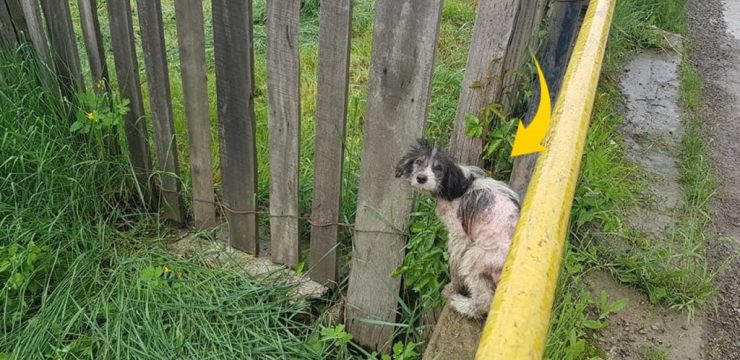Sometimes, the simplest puzzles have a way of leaving even the sharpest minds baffled. Recently, one brain teaser has taken the internet by storm with its deceptive simplicity. The caption reads, “Not everyone can see it correctly.”
At first glance, it seems like an ordinary image with nothing out of place. But if you take a closer look, you’ll realize there’s one detail that defies logic—and spotting it is harder than it seems.

The Subtle Mystery
The puzzle shows a seemingly normal scene featuring a girl standing in a setting that appears completely ordinary. The question is simple: “What’s unusual here?”
The answer? Only the girl has a shadow. Everything else around her—objects, surroundings, even other elements in the scene—are missing shadows entirely.
It’s a detail so subtle that many people overlook it on their first, second, or even third glance.
Why It’s So Hard to Spot
What makes this puzzle particularly tricky is how naturally our brains process shadows. Shadows are such an everyday part of our environment that we rarely stop to consciously notice them. They’re just… there.
When we look at the image, our brains instinctively focus on the more obvious elements—objects, colors, or how everything is positioned. We expect shadows to be present and consistent, so our minds tend to fill in those blanks automatically, even if they aren’t there.
This automatic filtering is why so many people struggle to notice the missing shadows, even when they’re staring directly at the image.
A Lesson in Perception
This puzzle serves as an excellent reminder of how easily our brains can overlook subtle details. Humans are wired to recognize patterns and rely on expectations to process information quickly. While this ability is usually helpful, it also means we can miss things that break those patterns.
In this case, the missing shadows defy our subconscious rules about light and shadow, but because they aren’t glaringly obvious, they often go unnoticed.
Puzzles like this challenge us to slow down, step back, and approach things with fresh eyes. They remind us that sometimes, the key to solving a problem isn’t about what’s in plain sight—it’s about noticing what’s not there.
The Next Time You Face a Puzzle…
The next time you encounter a puzzle like this, don’t rush to find the answer. Instead, pause and take a step back. Look at the bigger picture, and then focus on the tiny details. Sometimes, the most obvious clue is hidden in what’s missing rather than what’s present.
After all, it’s not always about how sharp your mind is—it’s about how carefully you’re willing to look.





